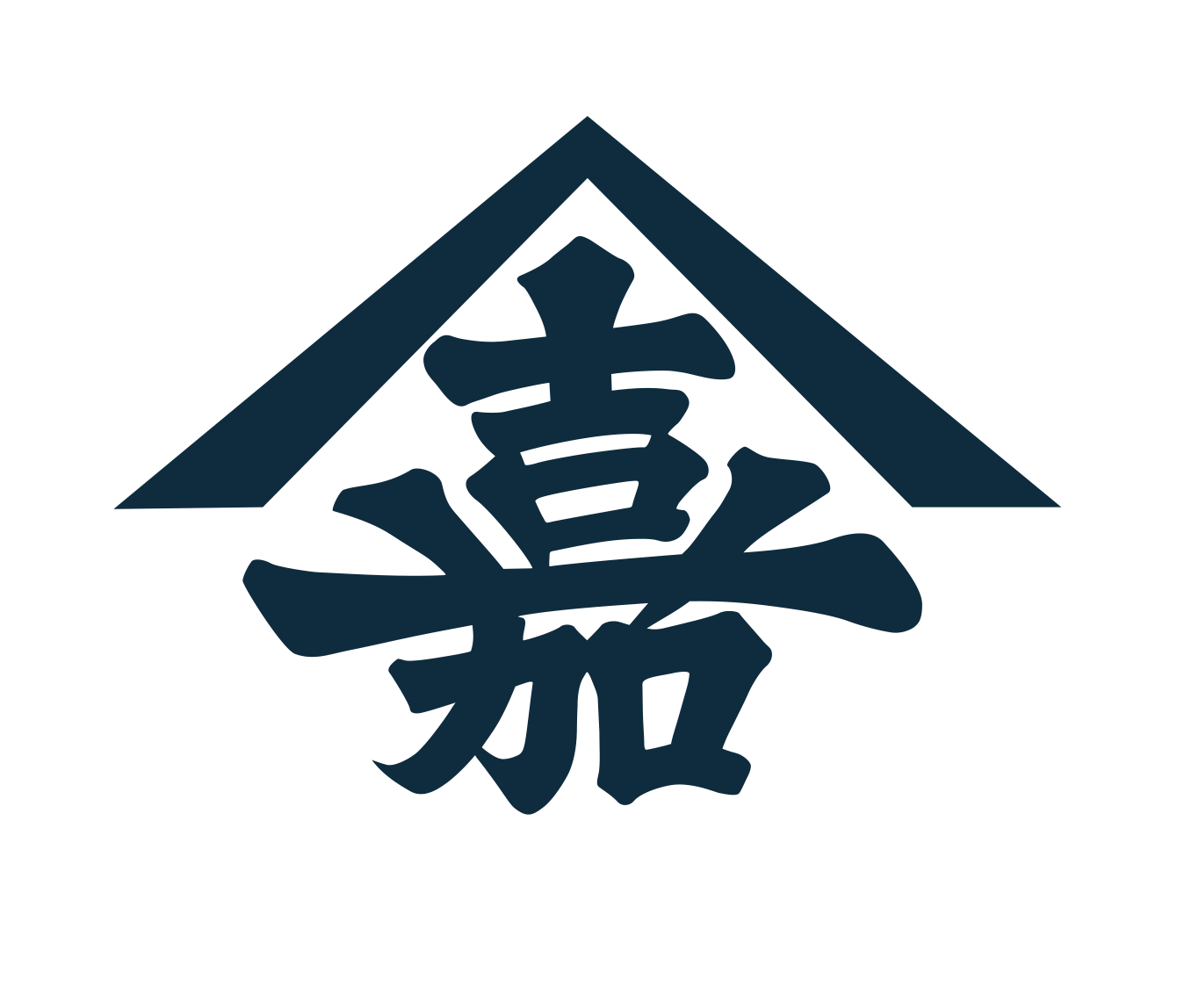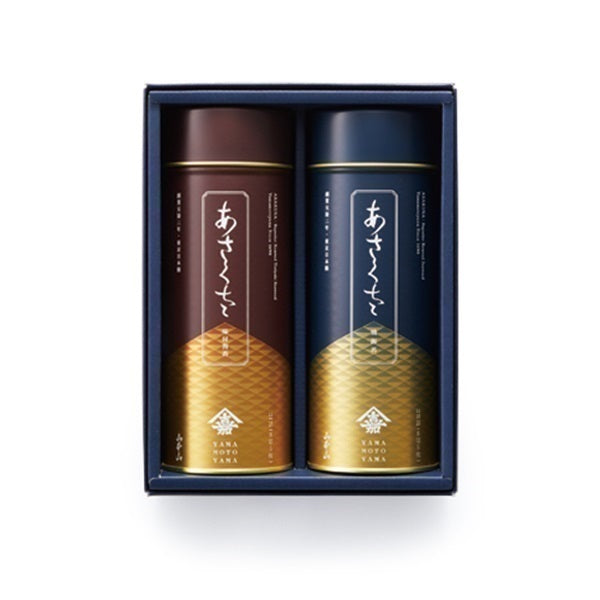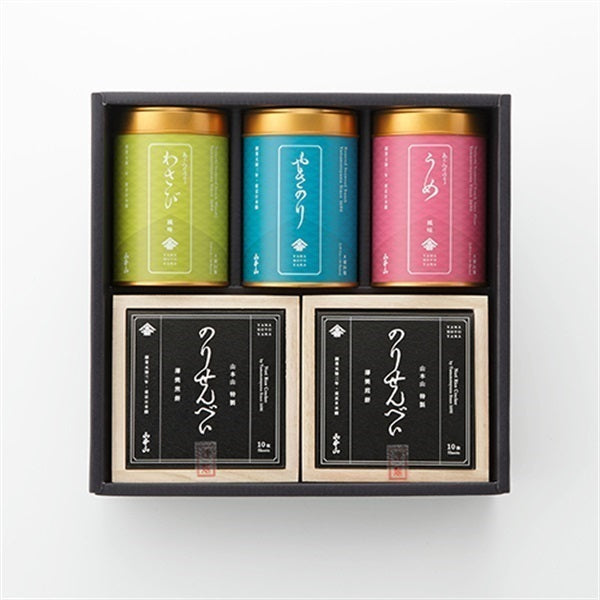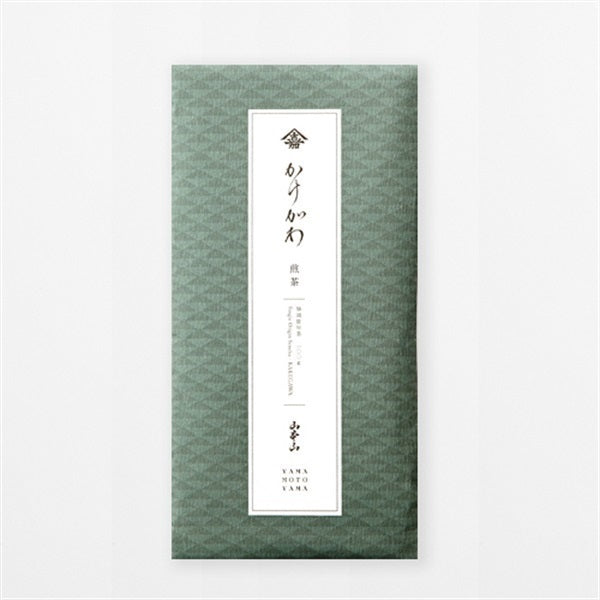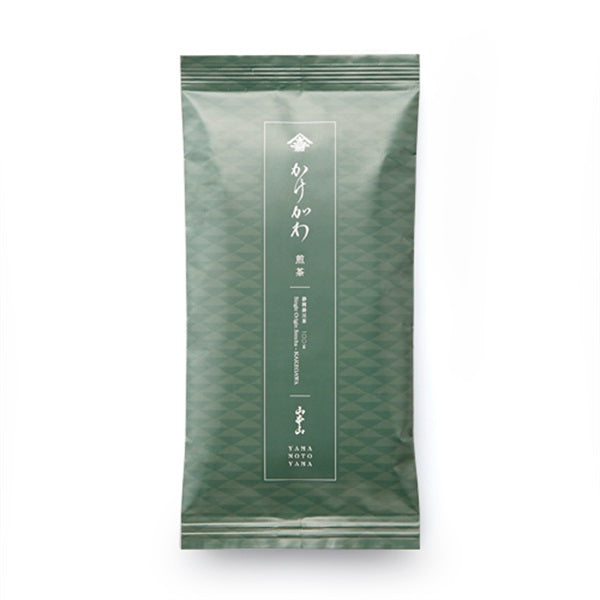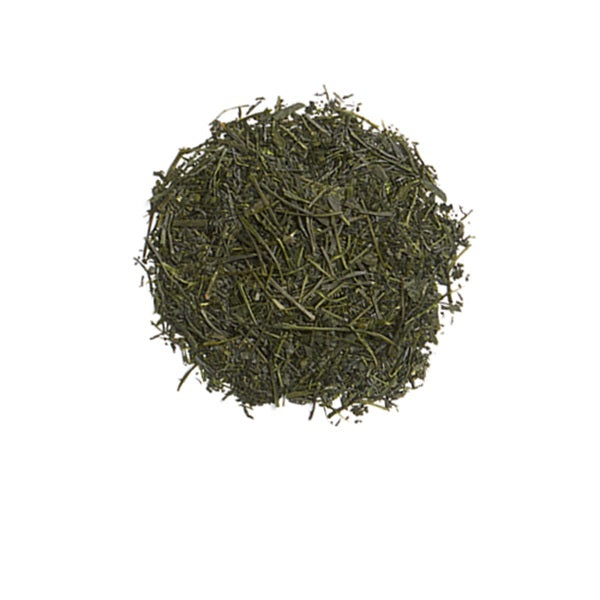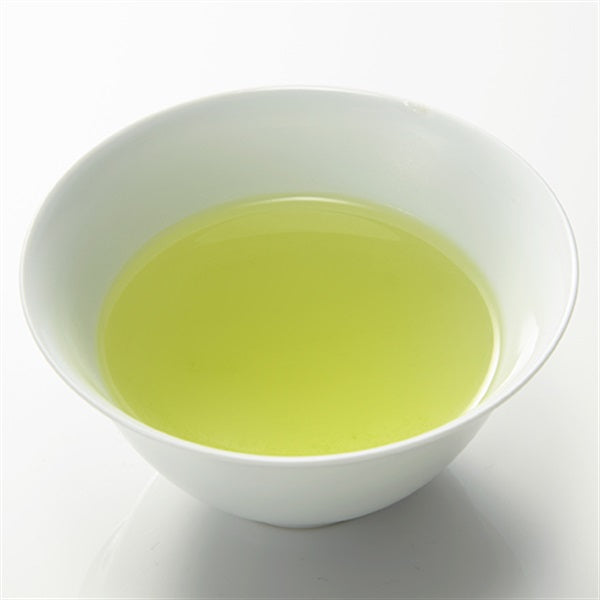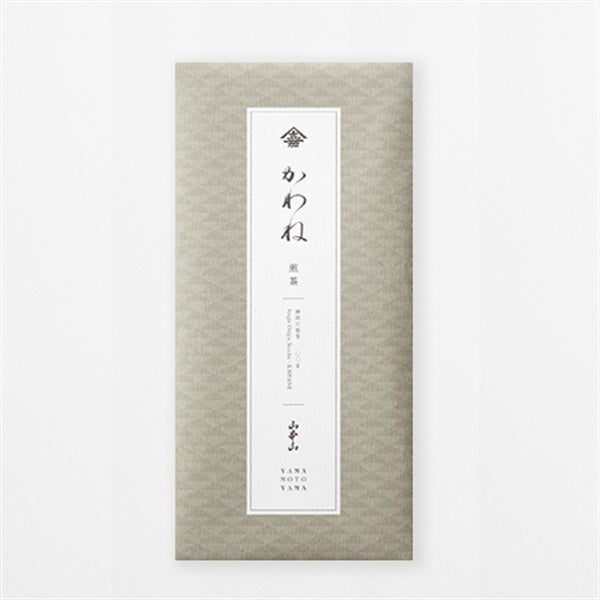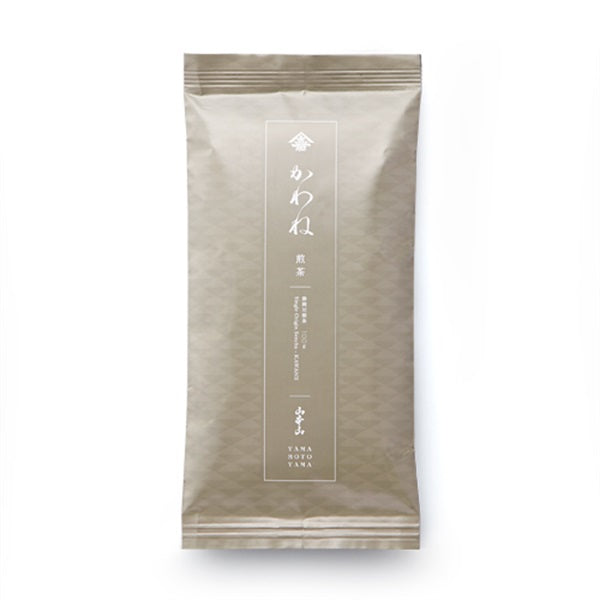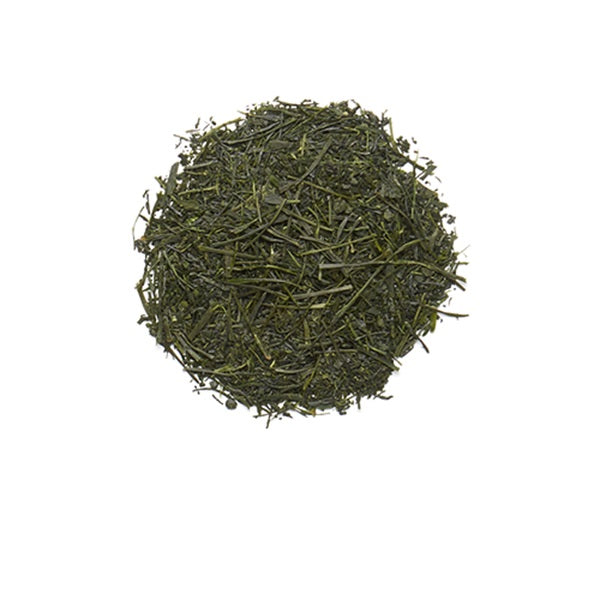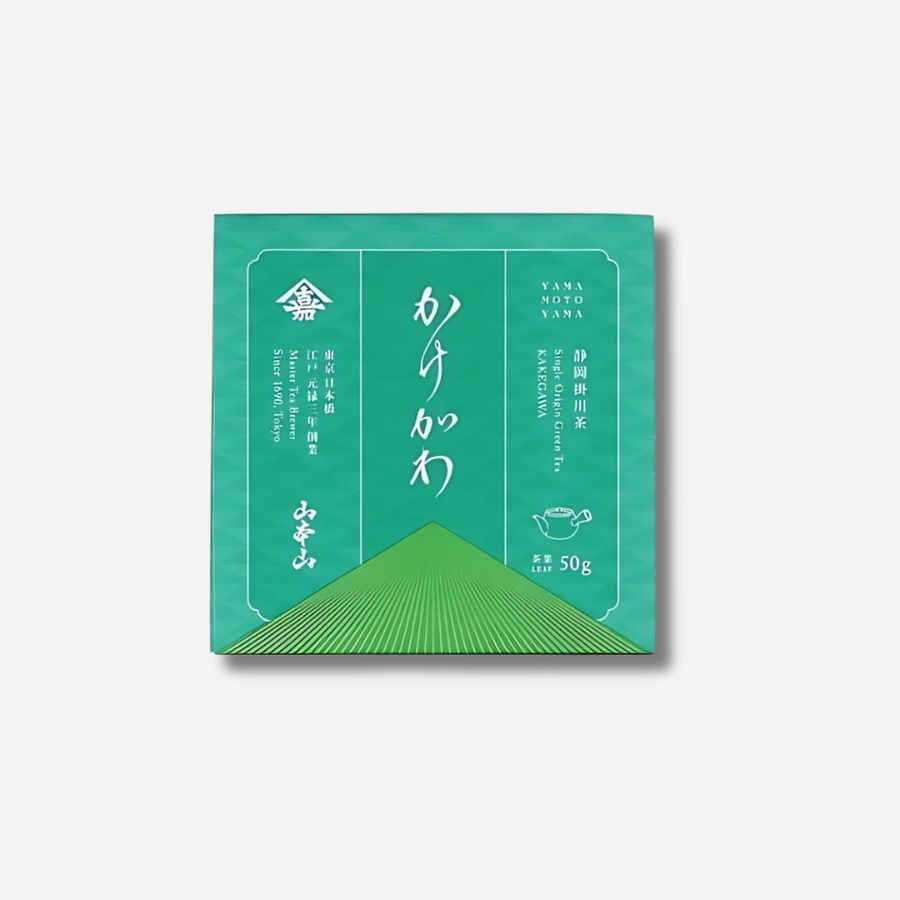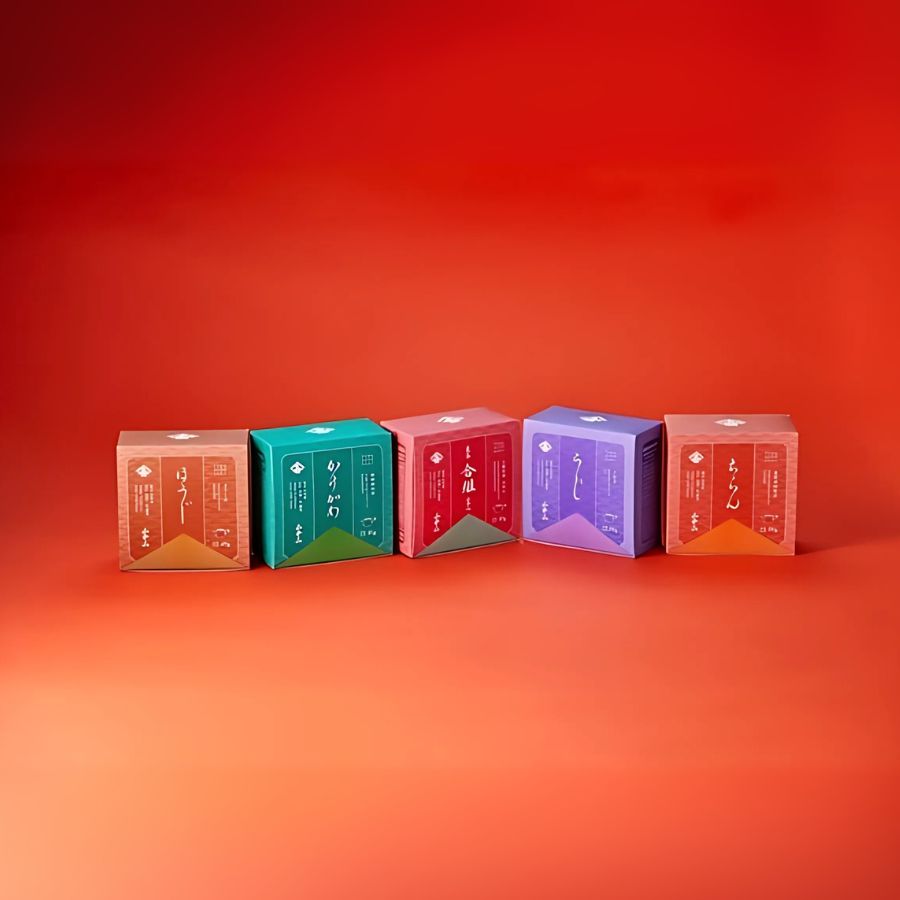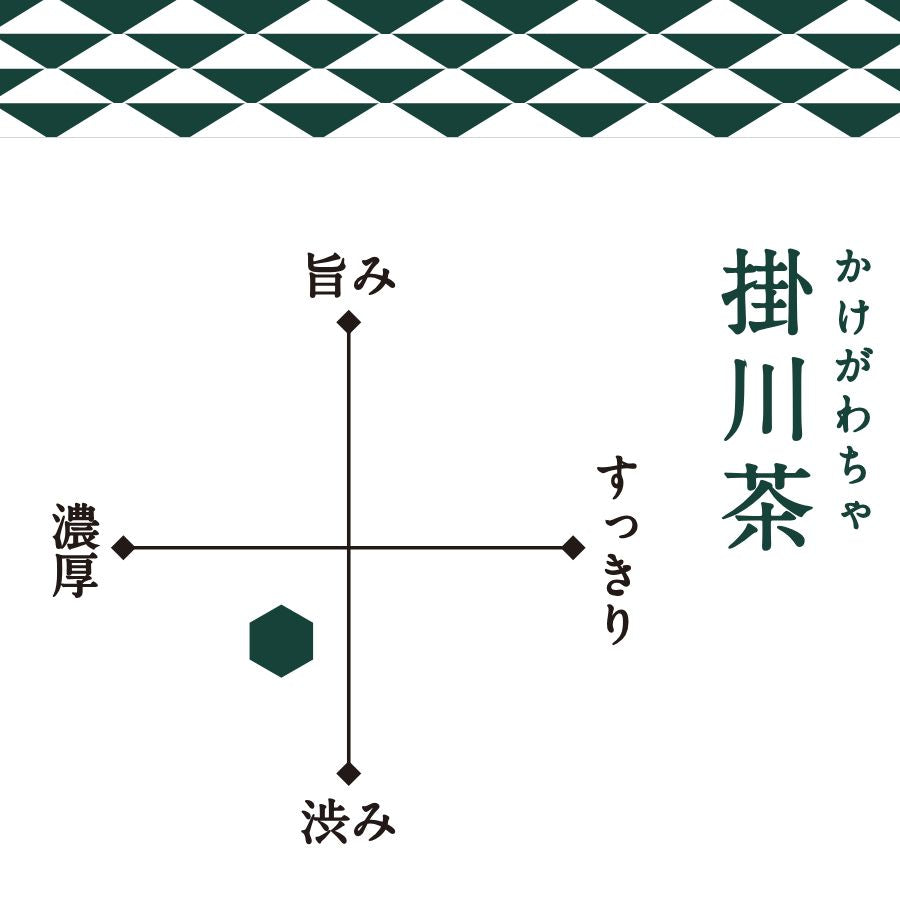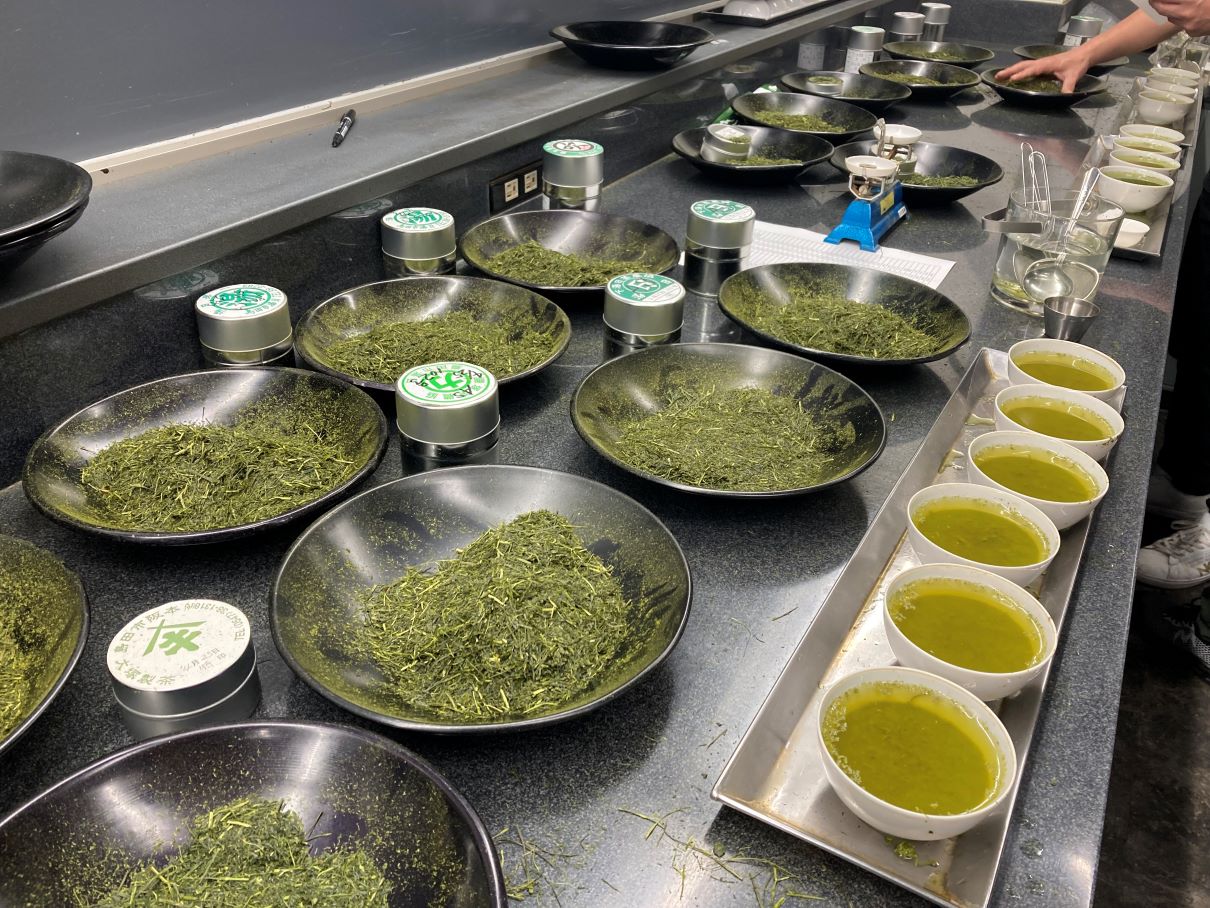
Visiting Shizuoka, a tea-producing region - Close-up! The world of "purchasing and inspection" that gets to the heart of tea leaves
- Introduction
- The five senses and scientific insight sharpened in silence
- The First Judgement - The Story Behind the Appearance of Tea Leaves
- The second quest - The unique characteristics of tea leaves revealed in their aroma
- The third core - The tongue speaks, the depths of flavor
- The Fourth Color - Quality Reflected in Light Blue
- Sharpened senses and accumulated knowledge connect to the future
Introduction
One day in early summer, feeling the breath of new greenery budding, I stepped into a room filled with tension.
What was unfolding there was a serious competition to determine the true essence of the tea leaves, the scene of "purchasing" and "tea inspection."
How is the quality of the cup of tea that we casually drink every day maintained and delivered to us?
This time, we would like to take a closer look at the strict and delicate process of purchasing and inspecting tea, and share with you the world of tea as seen through the eyes of a professional.

The five senses and scientific insight sharpened in silence
The room is filled with the soft aroma of tea leaves and the occasional sound of tea being sipped.
The soft natural light streaming in through the window brings out the subtle hues of the tea leaves.
This is an important place where the trade of tea leaves begins.
Experienced tea farmers bring in the tea leaves they have painstakingly grown.
Each and every tea leaf brought in undergoes a rigorous quality inspection known as "tea inspection," and the results determine whether or not the tea can be purchased, making this a crucial site for selection.
For tea farmers, this is an extremely important stage where the value of the tea leaves they have lovingly cultivated will be determined, and whether they will reach consumers.

The countless tea bowls lined up in the center were filled with the various types of tea leaves that had been brought in, and they were quietly waiting for the moment.
The "tea inspection" carried out when purchasing does not rely solely on the keen senses backed by years of experience.
Some of the tea leaves brought in by the producers are transported to a specialized machine, crushed, and analyzed. The monitors show the detailed values of the contained components, such as fiber, nitrogen, tannin, and moisture content.
This quantified data is checked in real time at the purchasing site and serves as an important basis for decision-making in parallel with sensory evaluation.

The First Judgement - The Story Behind the Appearance of Tea Leaves
The tea inspection begins with an "appearance inspection" of the dried tea leaves. 100-150g of tea leaves are placed in containers called inspection trays and arranged on the inspection table.
The shape of the tea is determined by observing the size, firmness, and stiffness of the tea leaves, as well as the presence or absence of powder or stems.
Good tea is uniform in shape, thin and firm, elongated and round, and has little powder or stems mixed in.
It is also important to check the product in person.
Good tea has a heavy feel, a glossy surface, and feels smooth when you hold it.

We also carefully observe the shape and size of the tea leaves. Some are rod-shaped, some needle-thin, some flat. Each shape tells us about the type of tea and the manufacturing process.
When the teas are lined up on the judging table, each one will have a different color and luster.
The presence or absence of gloss and uniformity are also important evaluation points.
Good tea has a deep, vibrant, bright green color and a glossy finish. The color is uniform and even throughout.

The second quest - The unique characteristics of tea leaves revealed in their aroma
Next, the tea leaves are judged for their aroma. The dried tea leaves are gently warmed in the palm of the hand, and the subtle aroma that rises is inhaled deeply into the nostrils.
Freshly picked new shoots have a refreshing scent like green leaves.
Each aroma is a unique characteristic of the tea leaves and is a factor that greatly affects the quality.
The aroma that rises after pouring in the boiling water is also an important evaluation point. The aroma that rises with the steam seems to bring out the distinct characteristics of the tea leaves that were dormant when dry.
Aroma is evaluated based on the strength of tea's unique aromas, such as "fresh aroma," "miru-me-ka," and "hi-ka." In addition, depending on the type of tea, other aromas such as "miso-ka" and "kama-ka" are also evaluated.

The third core - The tongue speaks, the depths of flavor
And finally, the "flavor evaluation" comes. However, this is completely different from the way we normally drink to quench our thirst.
After the tea has been steeped for a set period of time, the tea is scooped up into the spoon and sipped into the mouth. The tea is then rolled around on the tongue, spreading it thinly over the entire surface of the tongue to taste it.
As the food is slowly transported to the back of the tongue and throat, the various taste elements such as sweetness, umami, bitterness, and astringency are analyzed in detail.
In the case of sencha, it is said that the best sencha has a good balance of these four flavor elements with a moderate strength and a refreshing aftertaste.
His expression is pure seriousness, as if he is engaged in a deep, silent dialogue with the wordless tea leaves. He is able to determine not only the potential of the tea leaves themselves, but also the differences in flavor between varieties.

The Fourth Color - Quality Reflected in Light Blue
The final evaluation is based on the color of the brewed tea.
Pale yellow, vibrant green or deep golden yellow, each colour represents the type and quality of the tea leaves.
In the case of sencha, it is generally considered that the best tea is bright yellow, glossy and clear.
It is evaluated comprehensively, taking into consideration factors such as transparency and the amount of light it receives.
A clear, light-reflecting water color is proof that the tea was carefully extracted from high-quality tea leaves. Cloudy or reddish tea is no good.

Sharpened senses and accumulated knowledge connect to the future
What I felt throughout the entire judging process was the judges' refined sensibility and the depth of their knowledge and years of experience.
The seemingly quiet task of tea inspection is actually an extremely important process that enables us to enjoy delicious tea every day with peace of mind.
Only tea that meets these strict standards is delivered to our dining tables. The results of the inspection are also fed back to the producers, leading to the creation of even higher quality tea.
This glimpse into the world of tea inspection through the eyes of a professional taught me the depth of tea and the passion of the people who support it.
